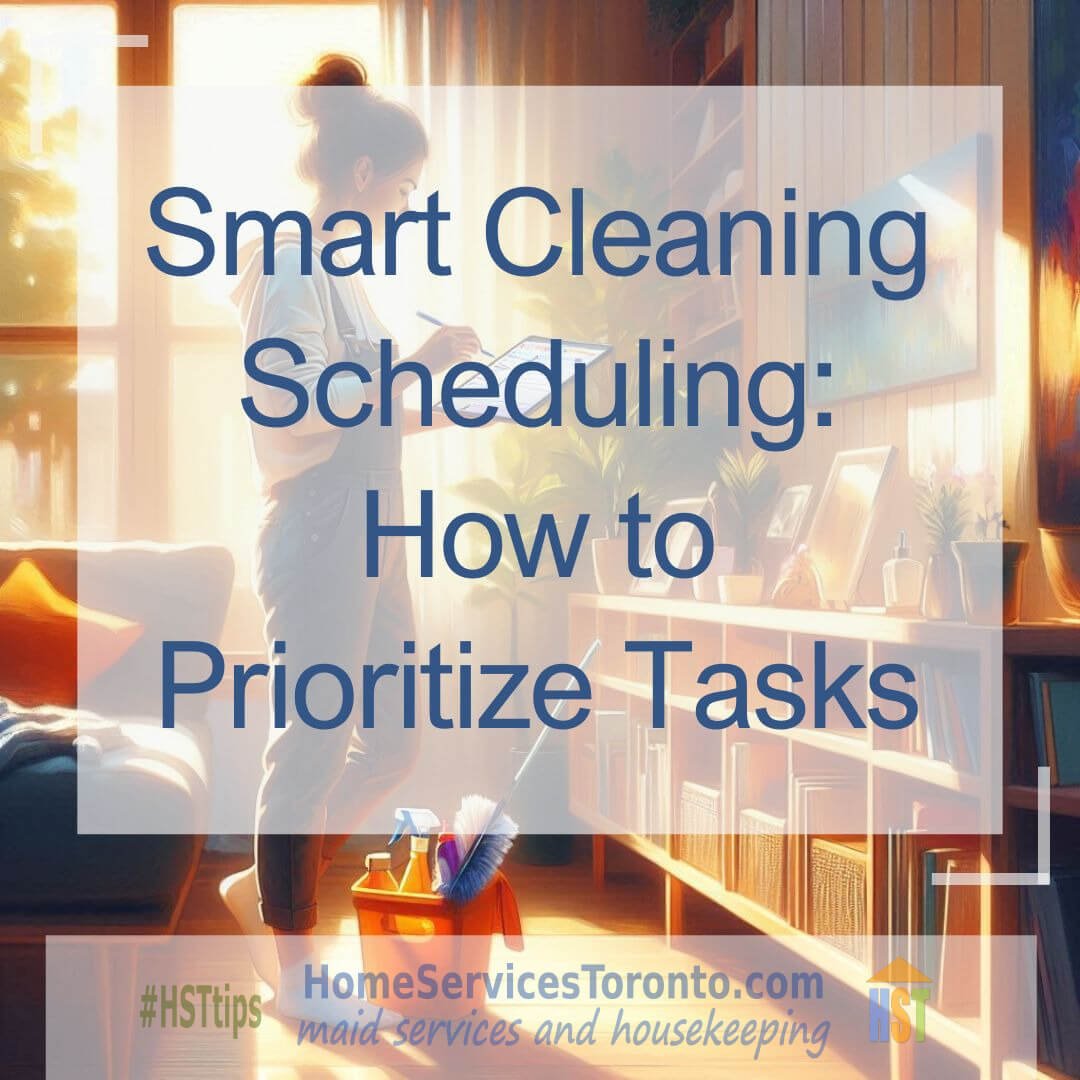
Title: Smart Cleaning Scheduling: How to Prioritize Tasks
Streamline your home maintenance with smart cleaning scheduling tips. Learn how to prioritize tasks and create efficient routines that fit your busy life. From daily touch-ups to seasonal deep cleans, these strategies keep your home spotless and organized with minimal stress.
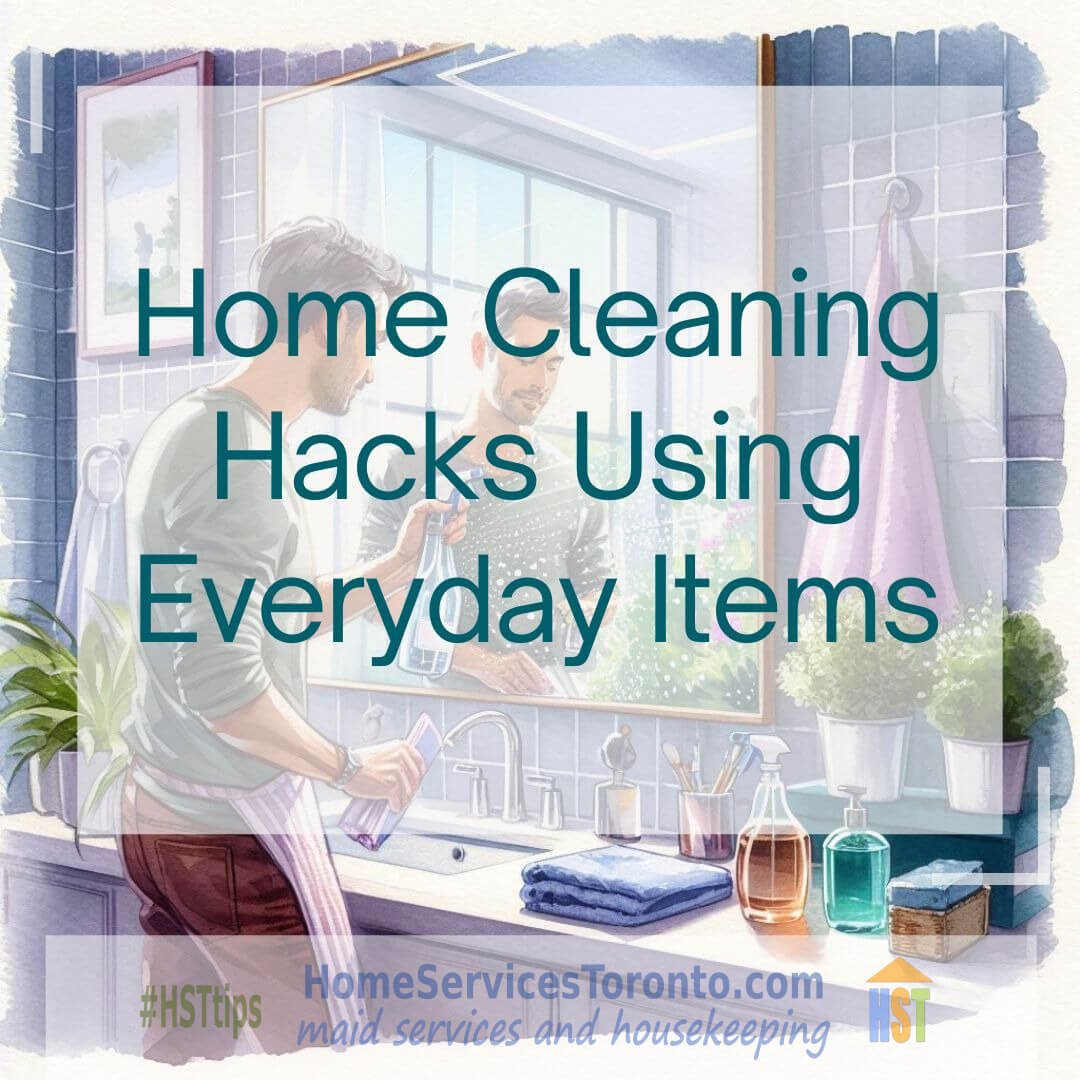
Home Cleaning Hacks Using Everyday Items
Unlock clever home cleaning hacks using everyday items you already own. Discover simple, budget-friendly tips to tackle tough stains, refresh surfaces, and declutter with ease. These creative solutions make keeping your home spotless fun, fast, and surprisingly effective without fancy products.

Clean Slate: Avoiding the Top 5 Cleaning Mistakes
Achieve a spotless home by avoiding the top five cleaning mistakes. Learn common pitfalls like using wrong products or skipping key steps, and discover expert tips to fix them. These practical insights ensure your cleaning efforts are efficient, effective, and leave your space truly pristine.

5 Unexpected Germ Hotspots in Your House: How to Keep Them Clean
Uncover five unexpected germ hotspots in your home and learn how to tackle them. From kitchen sponges to light switches, discover simple cleaning tips to keep these areas sanitary. These practical strategies help you maintain a healthier, cleaner living space with minimal effort.

10 Easy Ways to Make Your Home Feel Cozier This Fall
Want to create a warm and inviting atmosphere this fall? Discover simple yet effective decor tips to make your home cozier as the weather cools down. From seasonal accents to lighting tricks, learn how to transform your space into a snug retreat perfect for autumn. Get ready to embrace the season with style and comfort!

Why September is the Best Month for a Deep Cleaning Session
Is your home ready for the new season? September is the perfect time for a deep clean—cooler weather, fresh energy, and a chance to reset before the holidays. Discover why fall cleaning is more effective than spring cleaning and get expert tips to refresh your space efficiently. Say goodbye to dust and clutter, and hello to a spotless, organized home just in time for cozy season!

Why a Tidy Home Enhances Your Mood and Productivity
Did you know a tidy home can actually improve your mood and productivity? Clutter-free spaces reduce stress, boost focus, and create a more relaxing environment. Discover simple yet powerful cleaning and organizing tips to transform your home into a sanctuary of calm and efficiency. Learn how a little decluttering can lead to a happier, more productive you!
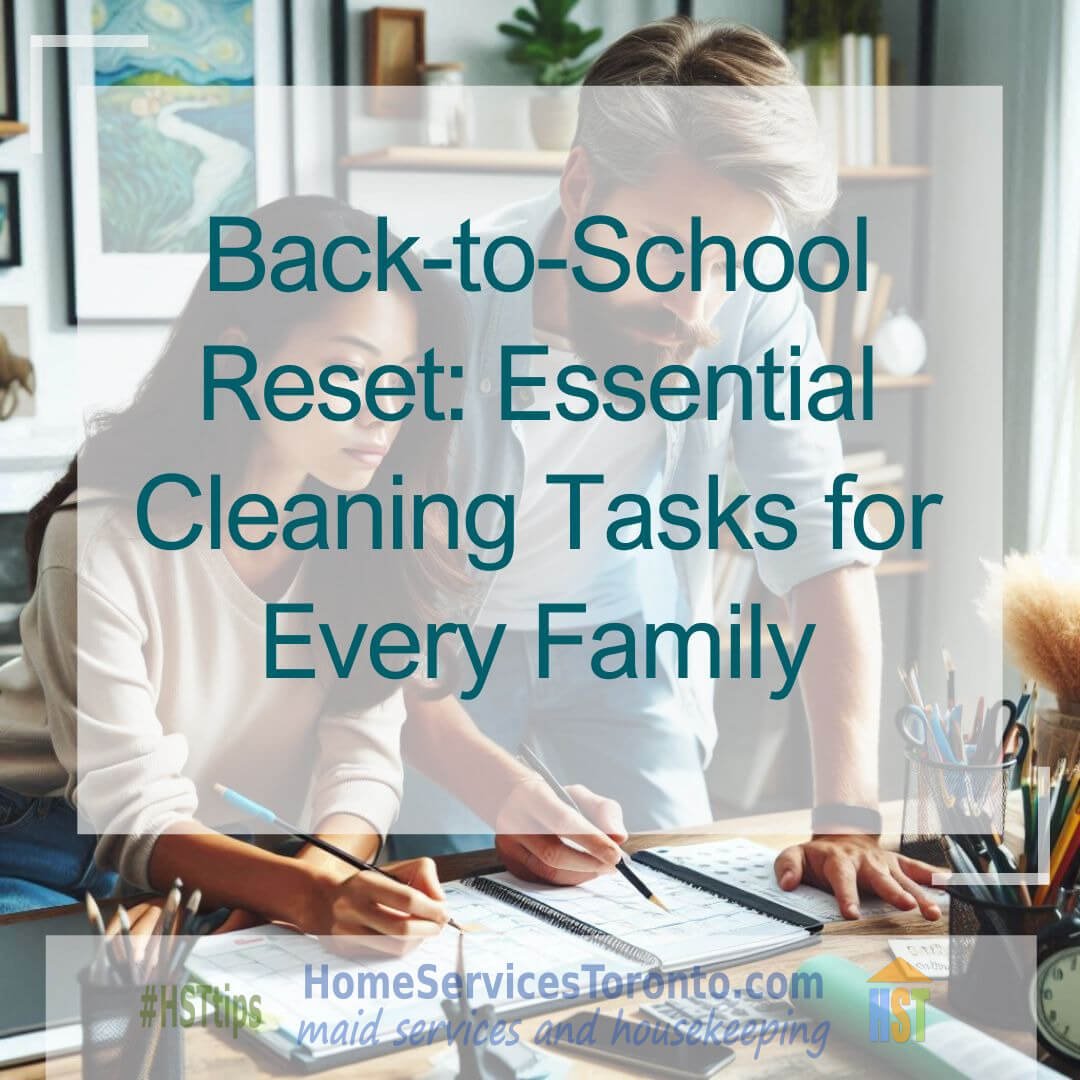
Back-to-School Reset: Essential Cleaning Tasks for Every Family
The back-to-school season is the perfect time for a home reset! Get your space organized and refreshed with these essential cleaning tasks. From decluttering study areas to deep-cleaning high-traffic zones, a little effort now sets the tone for a calmer, more productive year. Discover how a clean home can help your family transition smoothly into the school routine and reduce daily stress.
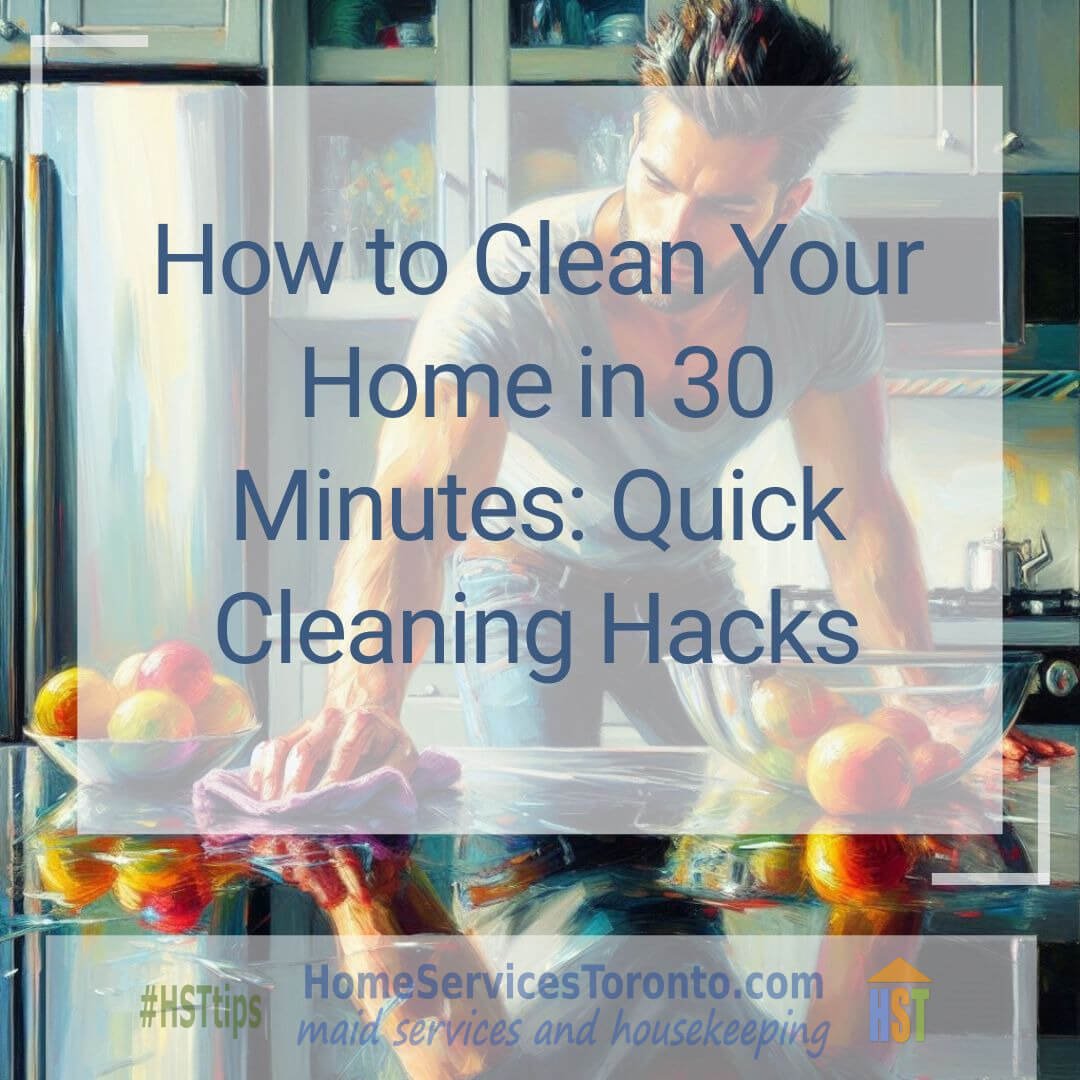
How to Clean Your Home in 30 Minutes: Quick Cleaning Hacks
Short on time but need a clean home? Discover how to refresh your space in just 30 minutes with these efficient cleaning hacks. Learn which tasks make the biggest visual impact, how to speed-clean high-traffic areas, and smart shortcuts that deliver maximum results with minimal effort. Perfect for busy schedules or unexpected guests - a spotless home is faster than you think!
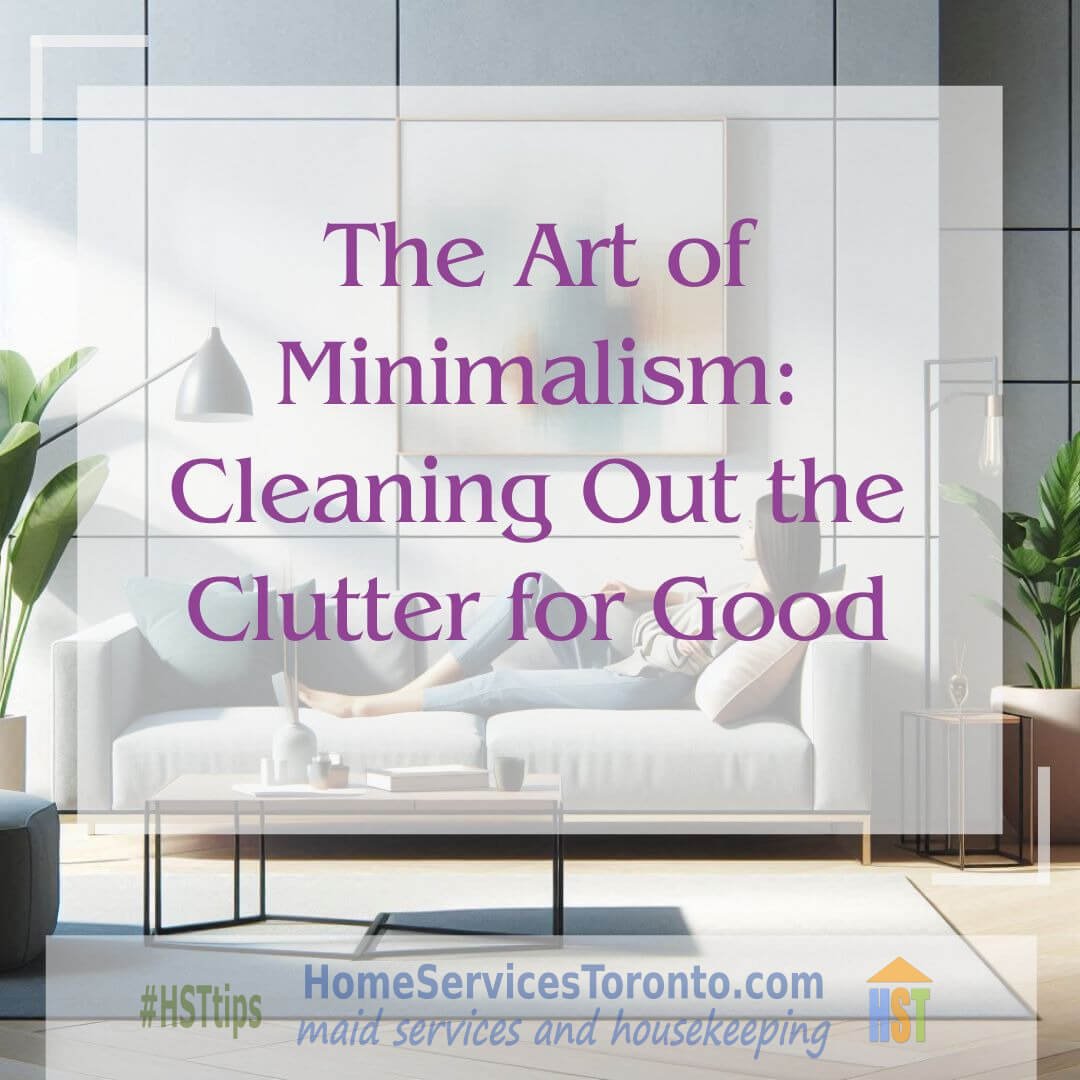
The Art of Minimalism: Cleaning Out the Clutter for Good
Master the art of minimalism and say goodbye to clutter for good! Discover how a cleaner, simpler home can bring more peace and productivity to your life. Learn practical strategies to declutter effectively, maintain an organized space, and embrace a minimalist lifestyle that reduces stress. Transform your home into a serene sanctuary with these expert-approved tips.

How to Maintain a Clean Home with Kids: Summer Edition
Keeping a clean home with kids during summer feels impossible, right? Discover sanity-saving tips to maintain order without sacrificing the fun. Learn clever strategies for quick cleanups, kid-friendly organization, and maintaining a fresh home even with extra foot traffic, popsicle spills, and summer adventures. Turn chaos into manageable messes with these realistic solutions for parents!

Natural Cleaning Solutions: Harnessing Summer Ingredients for a Fresh Home
Ditch the harsh chemicals and clean your home the natural way this summer! Discover how simple ingredients like lemon, vinegar, and baking soda can tackle tough stains, freshen up spaces, and keep your home sparkling. These eco-friendly solutions are safe for kids, pets, and the planet—plus, they’re budget-friendly. Give your cleaning routine a fresh, chemical-free makeover with these easy DIY recipes!

Father's Day Special: Give Dad the Gift of a Spotless Home
Give Dad the gift of relaxation this Father’s Day with a spotless home he doesn’t have to clean himself! Treat him to a professional cleaning service so he can kick back and enjoy his special day stress-free. No more chores, no more mess—just a fresh, tidy space where he can truly unwind. The perfect way to show appreciation for all he does!

Quick and Easy Cleaning Tips for Summer Parties
Hosting a summer party? Keep your home guest-ready in minutes with these quick and easy cleaning tips. Discover how to tackle high-traffic areas fast, create a refreshing atmosphere, and maintain a tidy space effortlessly—so you can enjoy the fun instead of stressing over messes. Perfect for last-minute gatherings!

Summer Heat: Top Tips for a Cool and Clean Home
Beat the summer heat with a home that's both cool and clean! Discover simple yet effective tips to maintain a fresh, comfortable living space during hot weather. From optimizing airflow to choosing the right cleaning products, these strategies will help you create a relaxing oasis all season long. Keep your home sparkling while staying cool - no sweat!

Home Decluttering Tips for a Relaxing Vacation
Want to return from vacation to a serene, clutter-free home? Discover simple decluttering tricks to transform your space before you leave. These easy pre-trip organizing steps will help you come back to a relaxing environment – no post-holiday stress, just calm. Perfect for travelers who want to unwind in a tidy home after their getaway!

Top Cleaning Hacks for Summer Vacation Rentals
Get your summer vacation rental guest-ready with these brilliant cleaning hacks! Discover time-saving tricks to deep-clean faster, eliminate stubborn stains, and leave your property sparkling. From freshening upholstery to banishing bathroom grime, these pro tips will help you impress every guest and maximize your rental's appeal. Perfect for hosts who want five-star reviews with half the effort!
